The market launch of the new eSprinter will begin in the USA and Canada in the second half of 2023. The vehicle is a long panel van with a high roof. It is equipped with the largest battery available, which has a usable capacity of 113 kilowatt hours. The load capacity is 14 cubic metres, the permissible gross vehicle weight is up to 4.25 tonnes.
The electric range, based on a simulation using the WLTP cycle, will be up to 400¹²³ kilometres. The simulated range based on the WLTP city cycle will be up to 500¹²³ kilometres. These ranges also make the vehicle ideal for longer journeys.
In Europe, this first variant of the panel van will be launched at the end of 2023, with the cab chassis variant and other battery variants gradually following. This makes the eSprinter attractive as a base vehicle for numerous new sectors, as well as for converters and body manufacturers.
Mathias Geisen: "With the new eSprinter, we are taking the electric large van segment to a new level. The triad of efficiency, range and load capacity with simultaneous TCO optimization makes the new eSprinter the most versatile Mercedes-Benz eVan ever."
,xPosition=0,yPosition=0.5)
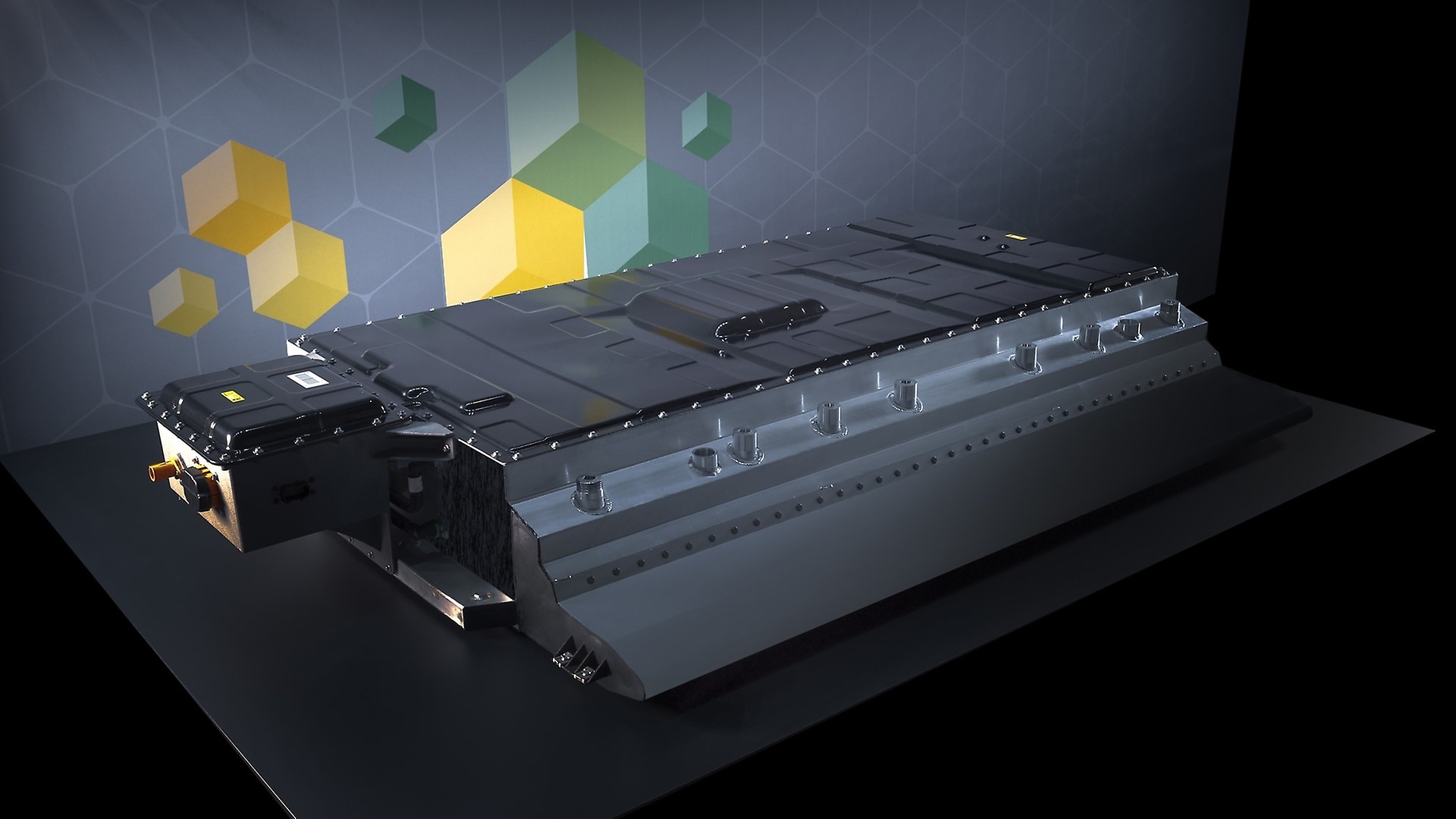


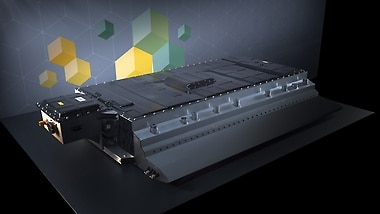
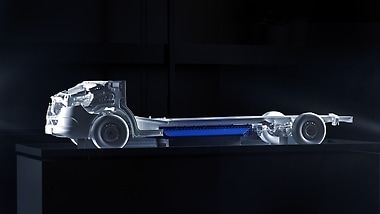
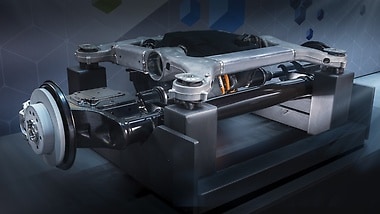

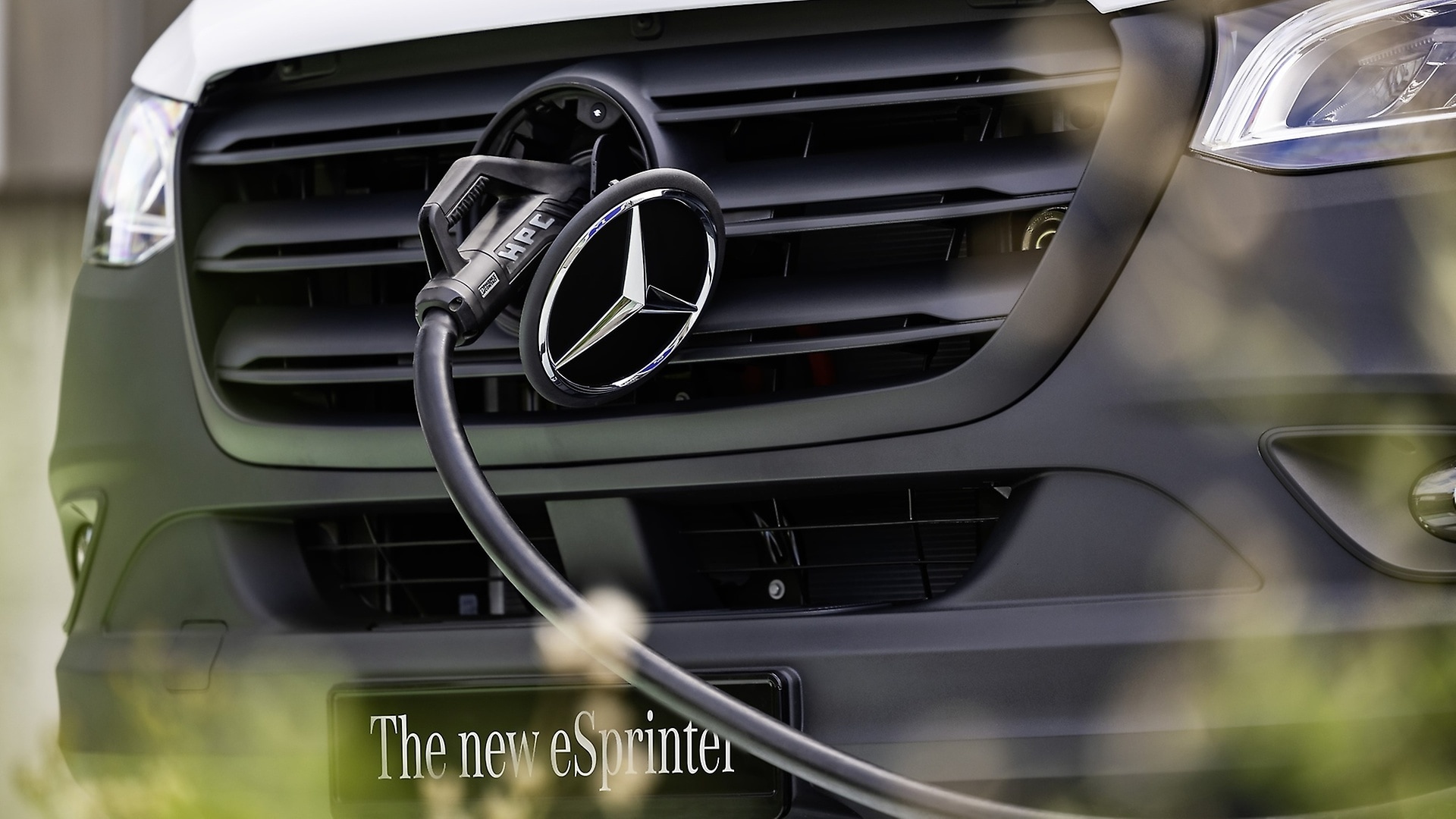

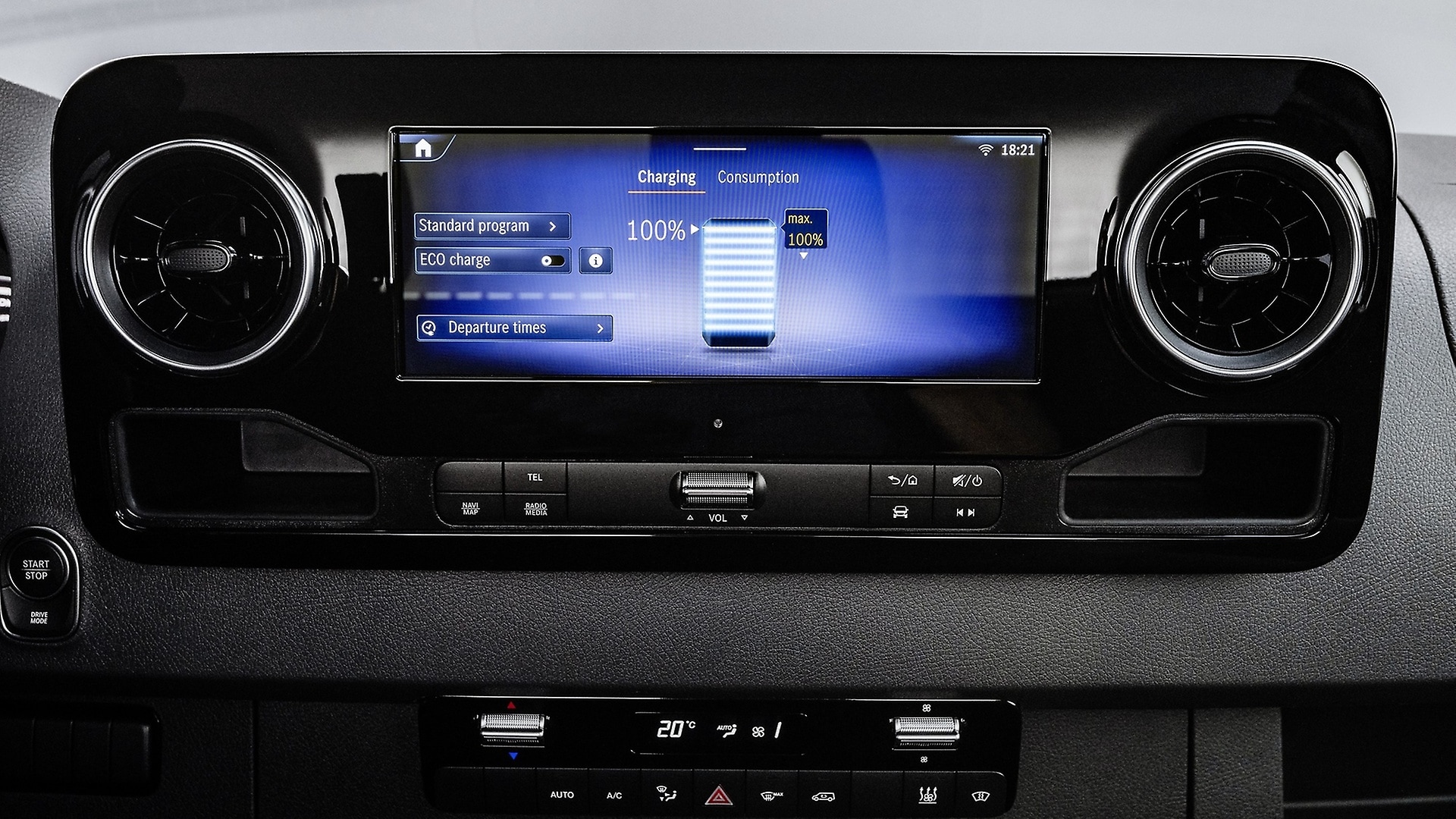
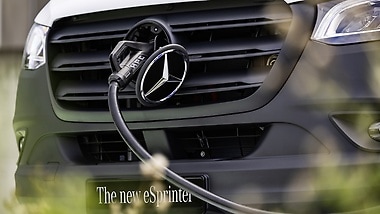

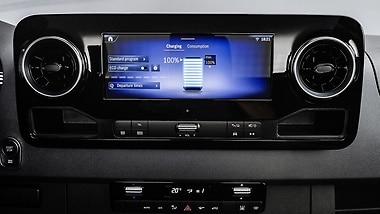

,xPosition=0.5,yPosition=0)
,xPosition=0.5,yPosition=0)